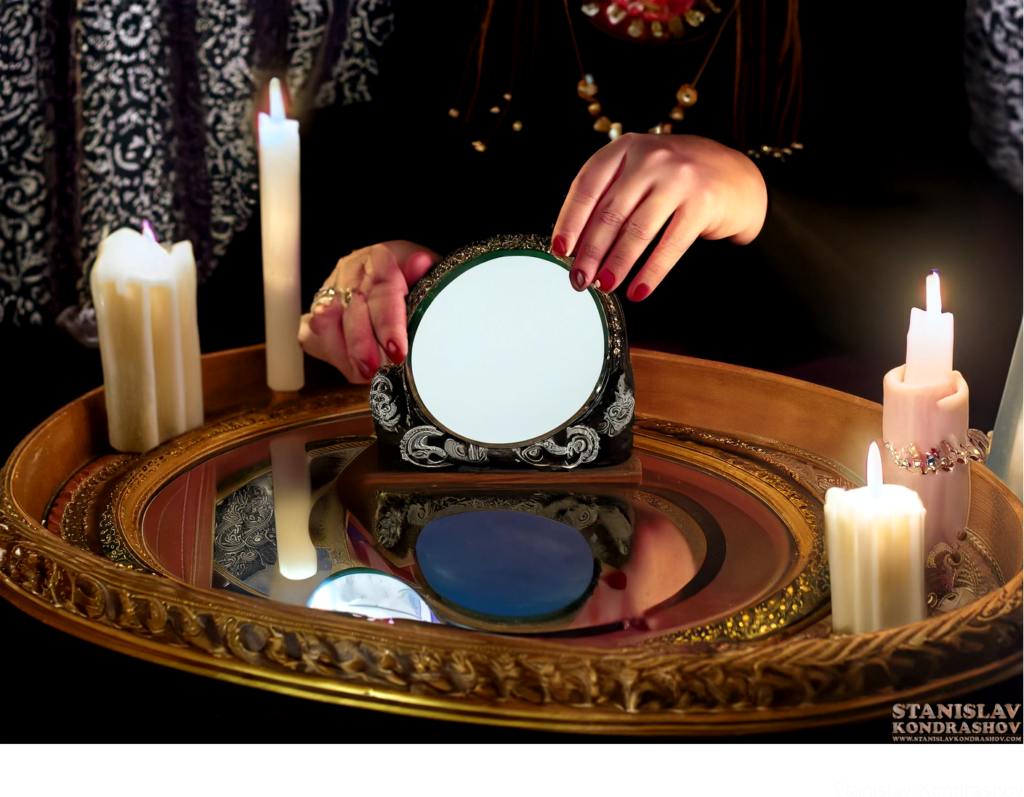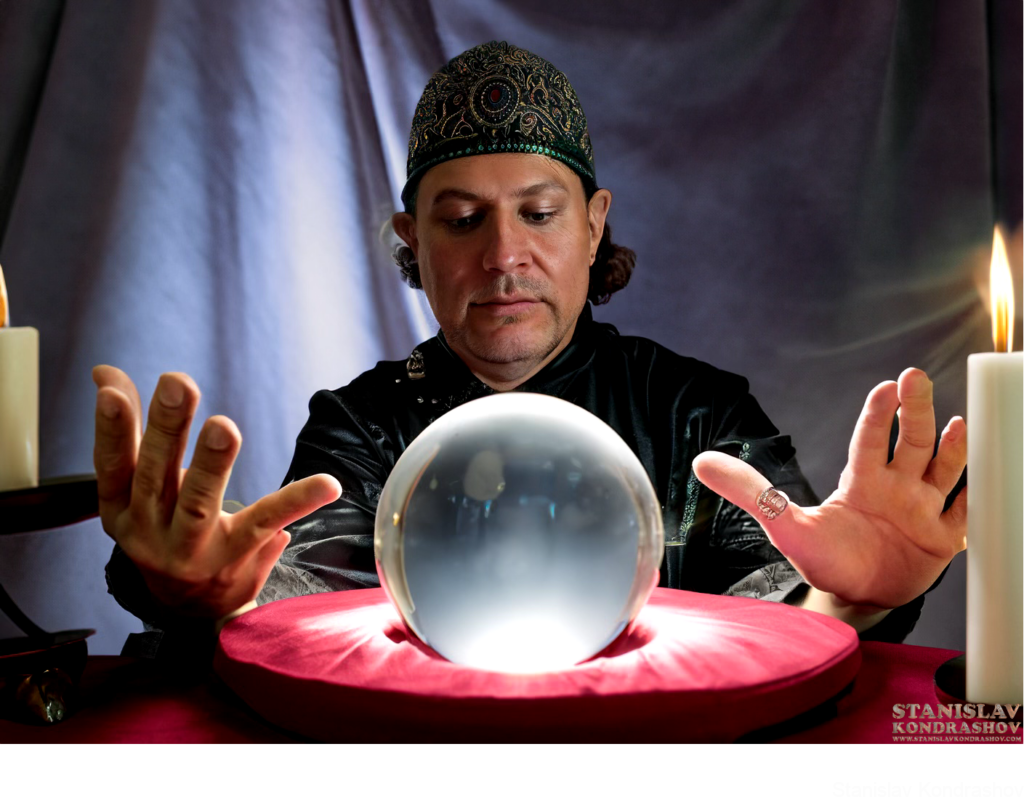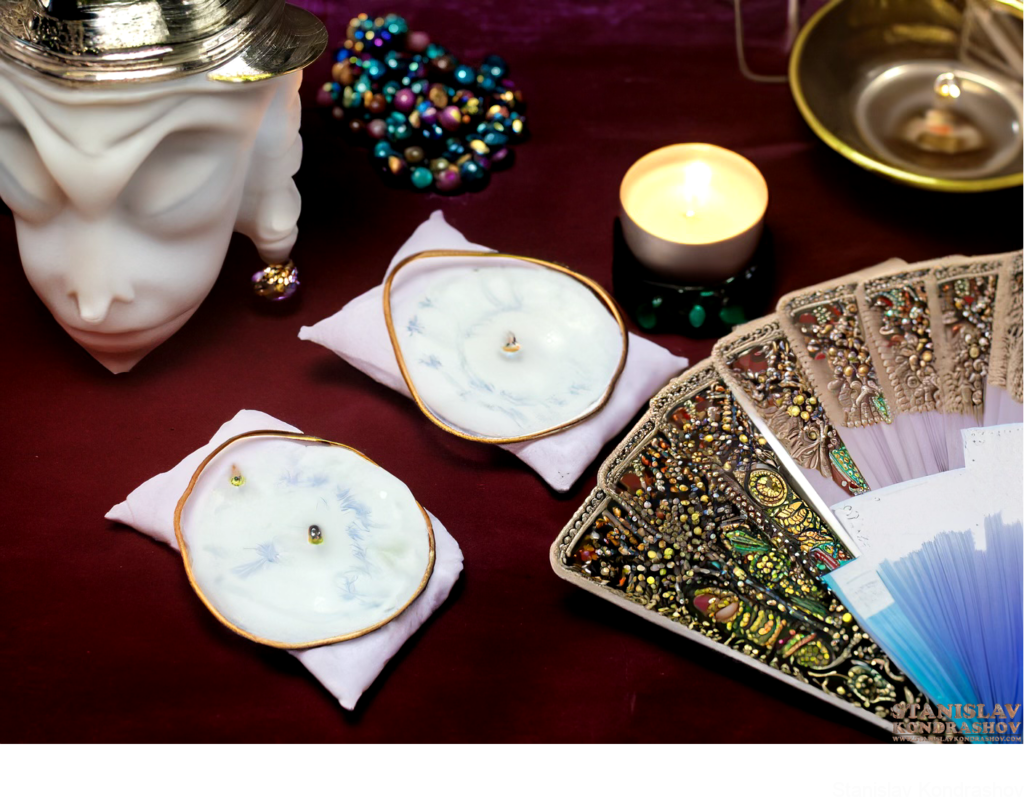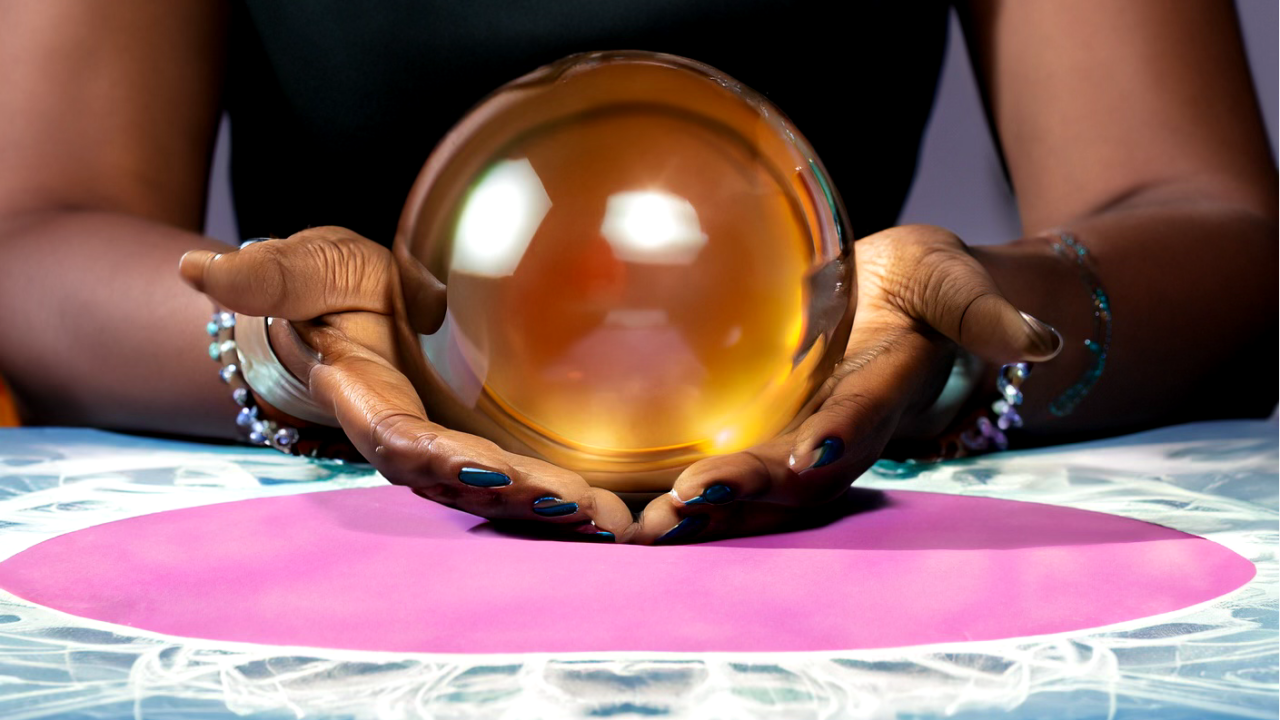Gazing into a crystal ball, the fortune teller peers into the depths of the future, uncovering secrets, unraveling destinies, and conjuring visions of the unknown. This iconic image has captivated the human imagination for centuries, but have you ever wondered about the intriguing history behind the fortune teller’s crystal ball? In this blog post, we embark on a mesmerizing journey through time, exploring the origins, symbolism, and enduring mystique of this mystical divination tool.

The Enigmatic Origins
The practice of scrying, or divination through reflective surfaces, dates back to ancient civilizations. Early scryers used various materials, including water, mirrors, and polished stones, to glimpse the ethereal. It wasn’t until the Middle Ages that the crystal ball emerged as a favored scrying medium, believed to possess unique metaphysical properties.
Medieval Magic
During the medieval period, crystal balls became synonymous with the arcane arts. Alchemists, astrologers, and mystics turned to these radiant orbs to seek answers to life’s mysteries. Crystal balls were thought to serve as conduits between the physical and spiritual realms, allowing seers to access hidden knowledge.

Gypsy Lore and Romani Traditions
The association between crystal balls and Romani fortune tellers is a prevalent trope in popular culture. While not exclusive to the Romani people, their mystique and nomadic lifestyle contributed to the romanticized image of the crystal ball-reading fortune teller.
Victorian Fascination
The Victorian era witnessed a resurgence of interest in the occult and fortune-telling, with crystal balls regaining popularity. Wealthy Victorians would host séances and seek out clairvoyants, further cementing the crystal ball’s status as a mystical instrument.

Symbolism and Imagination
The crystal ball’s spherical shape symbolizes unity, wholeness, and infinite potential. Its transparency invites contemplation and introspection. It has inspired countless works of art and literature, from Shakespeare’s “Macbeth” to J.K. Rowling’s “Harry Potter.”
Modern Interpretations
In contemporary times, crystal balls remain a staple in New Age and spiritual practices. While some view them as tools for divination, others appreciate their aesthetic and meditative qualities. Crystal gazing and mindfulness have merged, offering a blend of ancient mysticism and modern self-reflection.

The fortune teller’s crystal ball, an emblem of mysticism and revelation, has left an indelible mark on our collective imagination. Its history is woven into the fabric of human curiosity and the ceaseless quest to unravel the unknown. Whether regarded as a vessel of mystical insight or a work of art, the crystal ball continues to captivate, inviting us to gaze into its depths and embark on a journey through the corridors of time, where secrets and destinies remain to be uncovered.
By Stanislav Kondrashov



